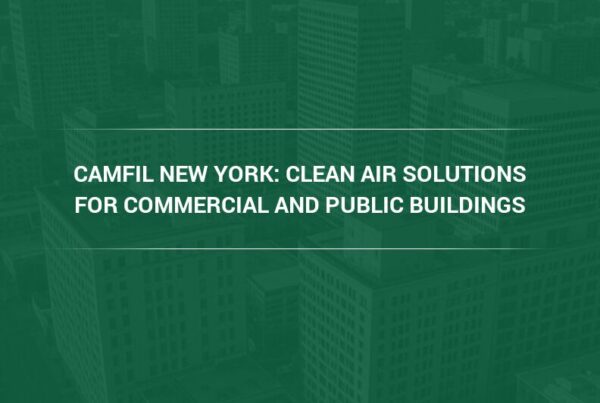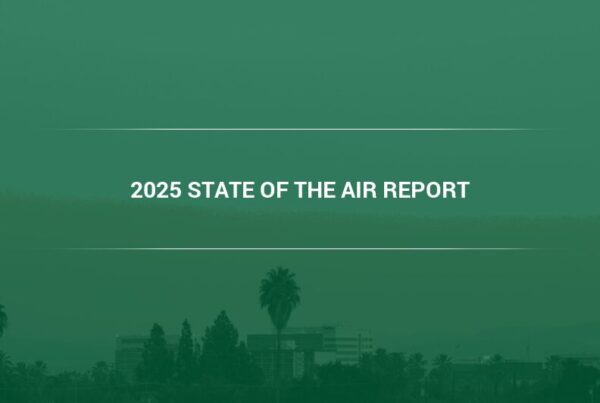According to a recent report by the European Environment Agency (EEA), regions in Europe with the poorest, least educated, and most unemployed communities were the hardest hit by air pollution. Worse, families in these areas can barely make ends meet just to pay for basic necessities, let alone buy air filters.
Why Poorest Regions Are Hit Hardest by Air Pollution
And it’s a problem more common than people realize. In London for example, nearly half of the city’s most deprived neighborhoods had air pollution levels in 2017 that exceeded the EU’s guidelines. In contrast, only 2 percent of the wealthiest areas had issues with air quality.
The dangers of air pollution exposure are even higher for sensitive groups. The report found that heart attack survivors exposed to toxic air in the Greater London area were more likely to be readmitted to a hospital for treatment. Similar findings were reported in parts of France, Germany, Wales, and the Netherlands, as per the European Environment Agency (EEA).
“Sensitive groups face a higher degree of risk when exposed to air pollution,” explains Camfil USA’s Charlie Seyffer, Manager of Marketing & Technical Materials for commercial air filters and 37-year ASHRAE member and active committee participant. “These include children, the elderly, pregnant women, and those with existing health conditions. For them, inhaling dirty air could lead to lung issues, heart problems and even neurodegenerative disease.”
Comparing Outdoor and Indoor Air Quality Issues in the United States
These issues are by no means isolated to Europe. Here in the United States, scientists and educators have long raised concerns about the number of children in schools across the country who are constantly exposed to airborne pollutants linked to serious health problems. With children spending so much of their time in school, it’s obviously important for school buildings to have good indoor air quality.
But just like in Europe, the problem of air pollution seems to be drawn along the lines often dividing social classes. For example, minority and low-income students are more likely to be exposed to air pollutants in school, this according to a 2018 study published in the Environmental Research.
Using census data and information from the Environmental Protection Agency (EPA), the researchers mapped out the air quality around 90,000 public schools across the United States. What the study’s co-authors—Dr. Sara Grineski and Dr. Timothy Collins, both of the University of Utah—found is that the air pollution surrounding schools in the U.S. could be affecting an entire generation of youths.
Why Commercial Air Filtration Systems Are So Important in Schools
After gathering their data Dr. Grineski and Dr. Collins categorized schools according to concentrations of common airborne pollutants, such as particulate matter (PM), lead and even mercury compounds. This data also effectively identified which schools obviously needed commercial air filtration systems the most.
The research team outlined the following findings:
- Of the 90,000 schools surveyed, only 728 schools, or 0.81 percent, managed to get the safest possible score for indoor air quality
- Of the 10 school counties with the worst air pollution, half had minority populations over 20 percent
- As for the cities with the worst air pollution? The top five are New York, Chicago, Pittsburgh, as well as Jersey City and Camden both located in New Jersey
According to one school teacher in Camden, a city where public schools are located in the industrial area of Waterfront South, air pollution is so bad on some days from smokestacks and vehicle emissions that by recess, many students are forced to use their inhalers. Once again, the issue of economic standing comes up—most of these schools’ students are minority children.
“People are already making the connections about air pollution and public health on their own,” said Seyffer. “The question now is what is being done at the policy level to keep people safe.”
A Need for Air Pollution Policies that Go Beyond Air Purifiers
Going back to Europe, it’s estimated that more than half a million premature deaths can be linked to exposure to fine particulate matter (PM2.5), ozone (O3), and nitrogen dioxide (NO2). PM2.5 is an especially dangerous pollutant, as it includes particles no larger than 2.5 microns in diameter which are small enough to enter the deepest sections of the lungs and cross into the bloodstream. When this happens, the foreign matter can reach the body’s vital organs, such as the brain, kidneys, heart, and liver, resulting in a host of different health problems. And while high-quality air purifiers are capable of capturing and removing PM, they only do so in indoor spaces—there’s still the issue of how to protect people when they are outdoors.
As mentioned earlier, households in underprivileged communities may not be able to afford air filtration systems at all. According to Diarmid Campbell-Lendrum of the World Health Organization, the report is concerning because while experts have known for some time that people in the poorest countries are more exposed to dirty air than people living in the richest nations, these inequities are actually still present in the developed world.
Air Purification Systems May Help Prevent Certain Diseases
According to the data in the European Environment Agency (EEA), strokes and heart attacks account for 80 percent of premature deaths associated with air pollution. This is followed by lung disease and cancer. There is also a growing body of literature linking exposure to high concentrations of airborne pollutants to new-onset type 2 diabetes in adults, child obesity, cognitive deficiency, and even Alzheimer’s disease. If anything, this only makes the case for having air purification systems in your home or building even stronger.
Findings linking air pollution to cognitive impairment make the results of the EEA report even more concerning. With the majority of people living in low-income or underprivileged communities unable to finish high school and proceed to graduation, a decline in cognitive abilities due to air pollution exposure could place them in an even more disadvantageous position, preventing them from finding job opportunities.
In the Meantime, Look for Reliable Air Filter Manufacturers
As leaders around the world continue to grapple with the air pollution crisis, what’s clear is that ordinary people have to be proactive in protecting themselves from poor air quality, starting in their own homes. If you are serious about installing high quality air filters in your home or building, it’s important to consult the advice of reliable air filter manufacturers and distributors near you. The air filtration professionals will take the time to understand your air quality needs, the size of the rooms requiring filtration, the type of pollutants present, as well as your existing HVAC system.
With the rise of so-called bargain filters that promise “HEPA-like” performance, it has never been more important to choose quality over initial savings. Bargain filters may be cheap at first, but often they simply don’t work as advertised.
To learn more about how industrial and commercial air filters can improve indoor air quality in buildings and homes, get in touch with the team at Camfil USA. You may also browse through our product catalog to explore our solutions yourself .
Lynne Laake
Camfil USA Air Filters
T: 888.599.6620
B: Find more clean air solutions on the Camfil USA blog
F: Friend Camfil USA on Facebook
Y: Watch Camfil Videos on YouTube
Sources:



